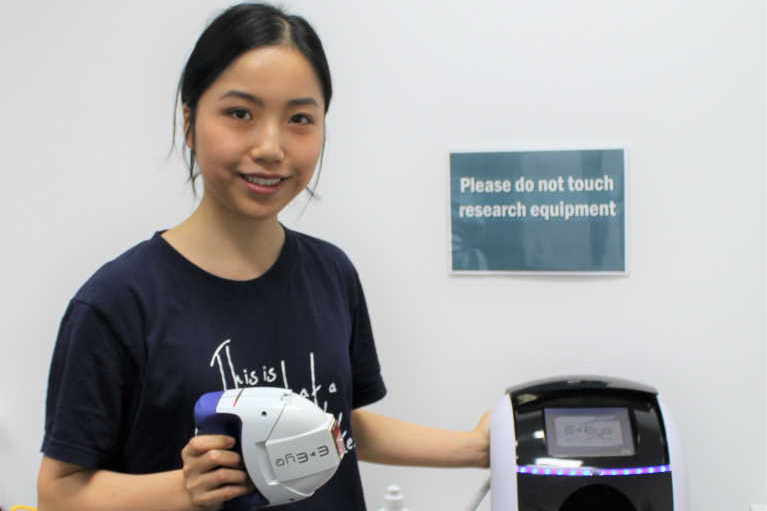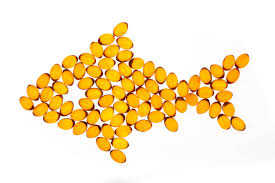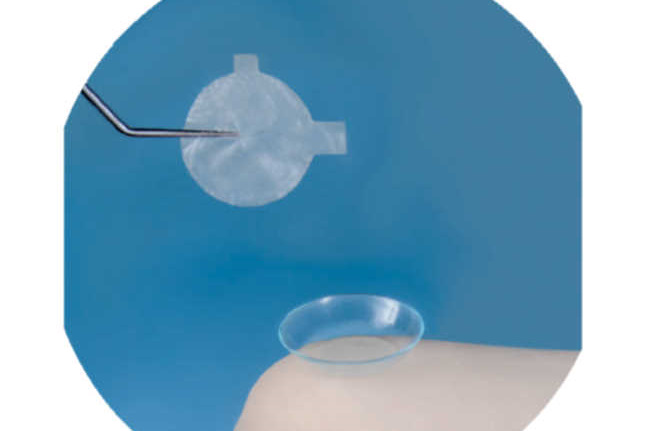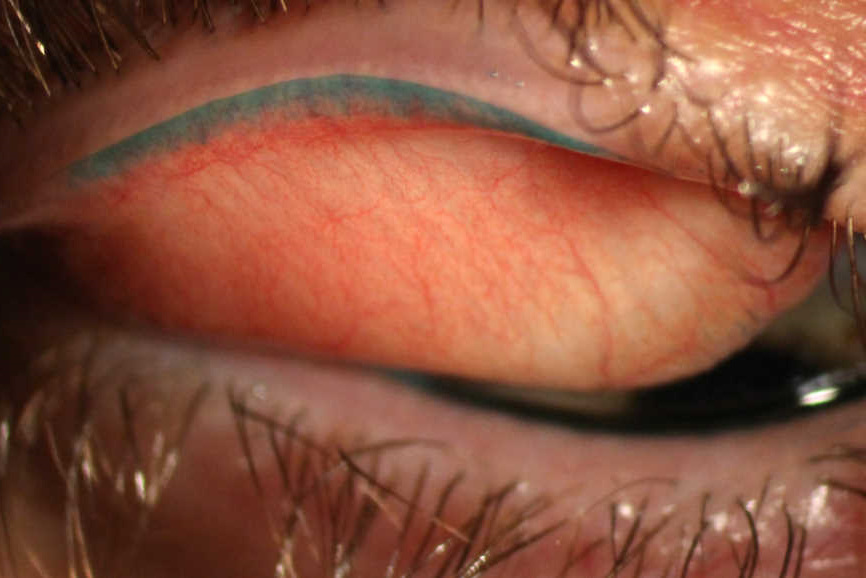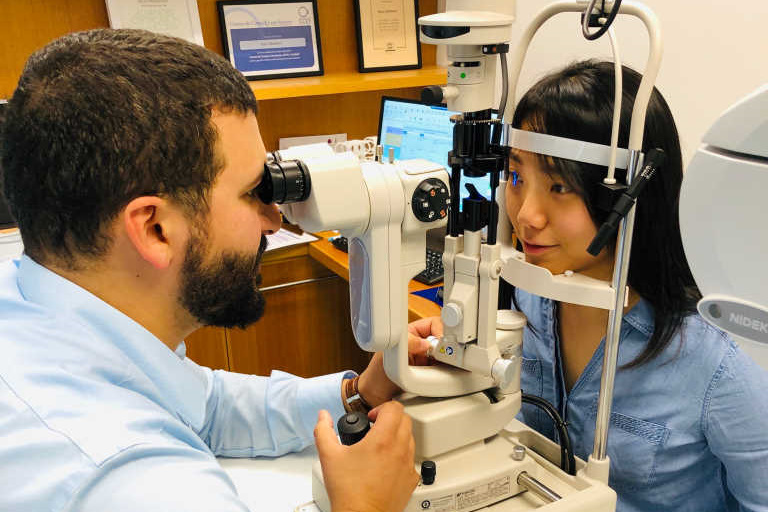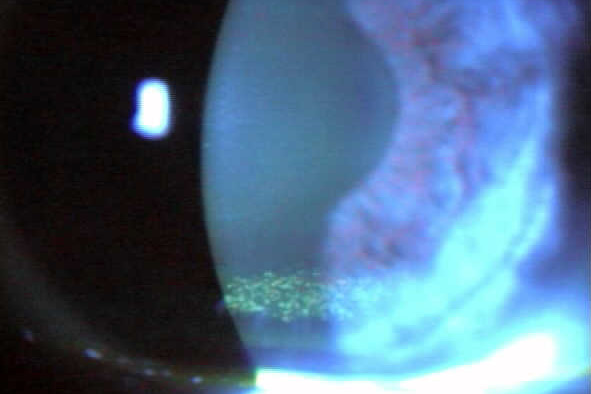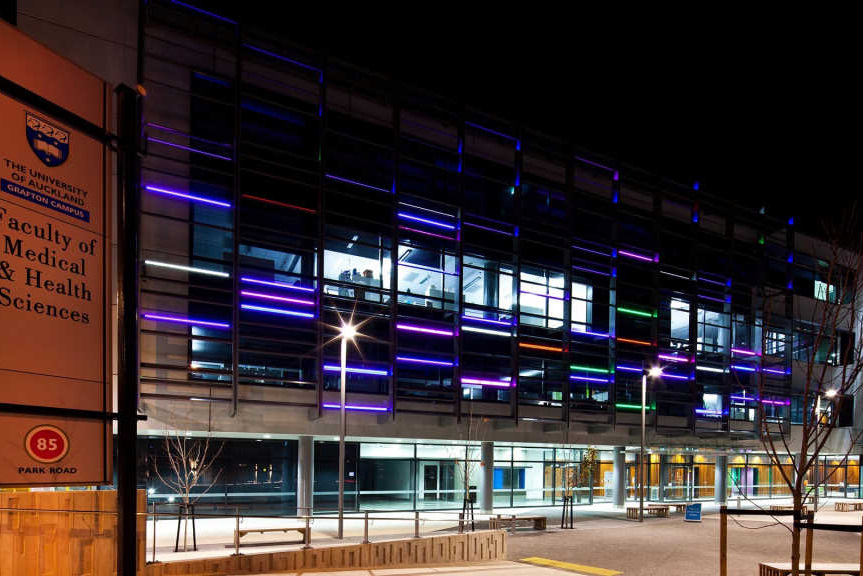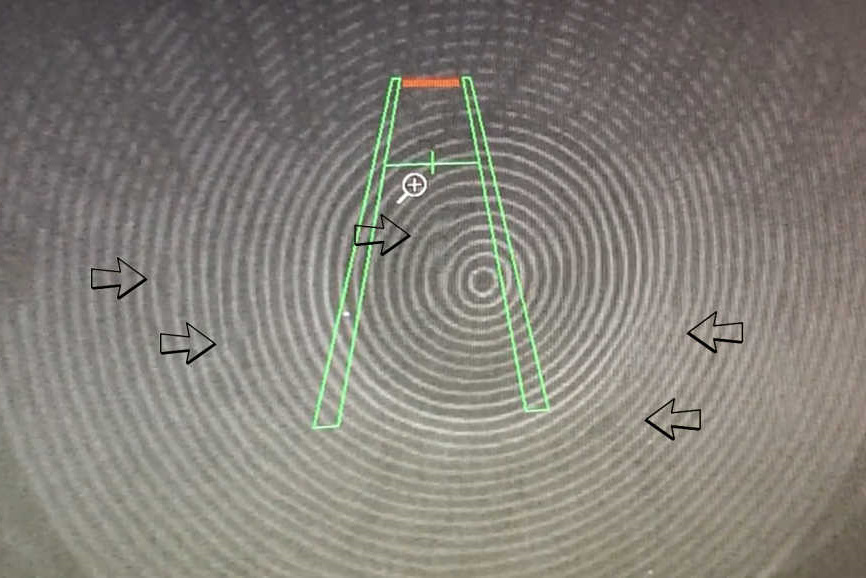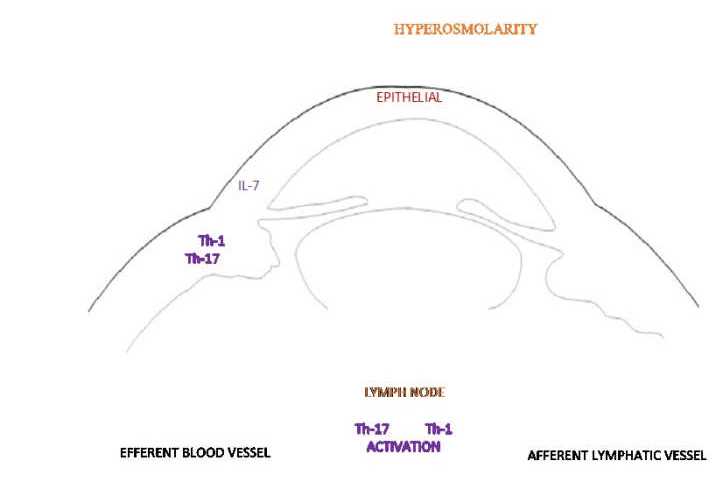OSL: IPL for MGD update
Some of the most convincing evidence to date to support the effectiveness of intense pulsed light (IPL) therapy for meibomian gland dysfunction (MGD) has recently been established from Ally Xue’s PhD work.
A course of four treatments was delivered as intense regulated pulsed light (IRPL), using the E-Eye, ESW-Vision, France, in a prospective, randomised, double-masked, placebo-controlled, parallel-group trial. The clinical study assessed the cumulative treatment effects of IPL over a 15-week period, without confounding effects from gland expression. Participants were randomised to receive four or five homogeneously sequenced light pulses or a sham treatment (placebo). Symptoms, tear film parameters and ocular surface characteristics were measured before treatment at each visit and compared to baseline values.
Results showed significantly improved symptoms, as well as meibomian gland capping and tear film lipid layer thickness, suggesting that IRPL works through improving meibomian gland function to provide symptomatic relief. Five flashes somewhat speeded the outcomes but did not alter the magnitude of the improvement over this period.
These promising study outcomes, in the absence of adjunctive gland expression, confirmed the differences were due to IPL itself. It is possible that greater benefits are achievable with supplementary treatments, such as lid margin debridement before IPL or therapeutic gland expression afterwards, to further encourage meibum flow, but further research is required to confirm this. It is also not possible to comment on the relative performance of IRPL against alternative treatments for MGD without conducting further randomised, controlled trials.










